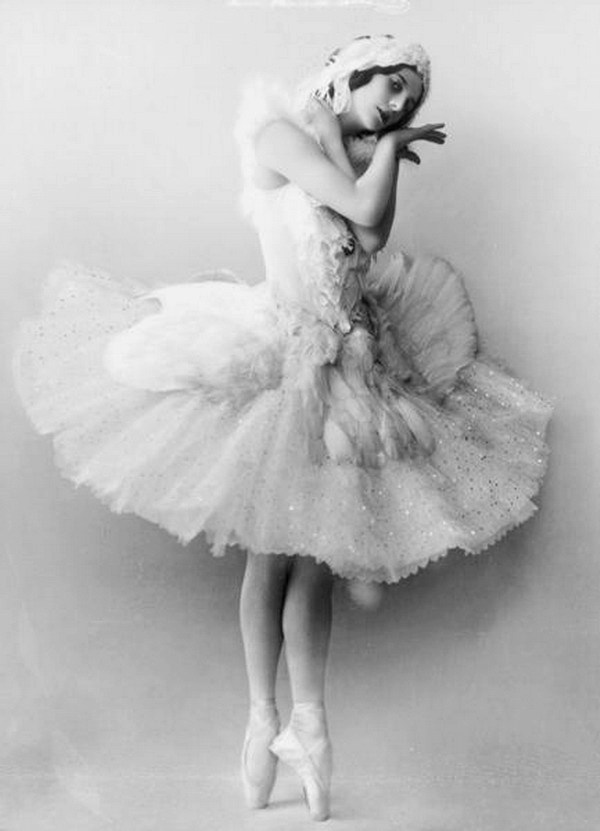Eternal Grace: Anna Pavlovas Lasting Influence
 |
| Anna Pavlova as a child |
Documentary Project
 |
| The Mariinsky Theatre |
 |
| Pavlova in costume for ‘The Dying Swan’ |
'The Swan' 1920
 |
| Anna Pavlova with a swan at her home in London, circa 1920. |
 |
| Pavlova Dessert - New Zealand |
In conclusion, Anna Pavlova's remarkable journey from a rejected ballet student to a legendary prima ballet dancer greatly impacted the world of ballet and continues to inspire dancers today. I chose to research Pavlova not only because of her prominence in ballet history but also due to her resilience and dedication to the art. Her story reminds me that besides talent, hard work serves as a vital lesson for anyone pursuing their dreams. Pavlova's legacy is held through her innovative performances and her efforts to globalize ballet, introducing the art form to diverse audiences across continents. As I reflect on her life, I recognize significant milestones: she debuted on stage in 1899 and made her mark with "The Dying Swan" in 1905. Despite her passing on January 23, 1931, her influence remains vital. Her famous dances and performance styles are emulated by many today, ensuring that her graceful spirit continues to dance on stages across the globe (“The American Dancer, Vol. 14”). She is also the namesake for the Pavlova dessert, which was seemingly created in honor of the dancer during her tour of New Zealand and Australia. So overall she has clearly had a lasting influence in the world of ballet showing how eternal her legacy is.
5 Facts about Anna Pavlova
Bibliography-
"The American Dancer, Vol. 14, no. 4, February 1941.", Edited by Ruth E. Howard. American
Dancer Publishing Company. Alexander Street, https://search-alexanderstreet-
com.csulb.idm.oclc.org/view/work/bibliographic_entity|bibliographic_details|4018953
“Anna Pavlova - Ballerina, Dance & Death.” BIOGRAPHY, 26 Mar. 2021,
www.biography.com/artists/anna-pavlova
Davidson, Lucy. “Anna Pavlova: The Most Influential Ballerina in History.” History Hit, 13 Oct.
2022, www.historyhit.com/culture/who-was-famed-ballerina-anna-pavlova/.
Au, Susan, and Jim Rutter. Ballet and Modern Dance: 149 Illustrations, 29 in Colour. London,
Thames & Hudson, 2012. (Chapter 5)
Comments
Post a Comment